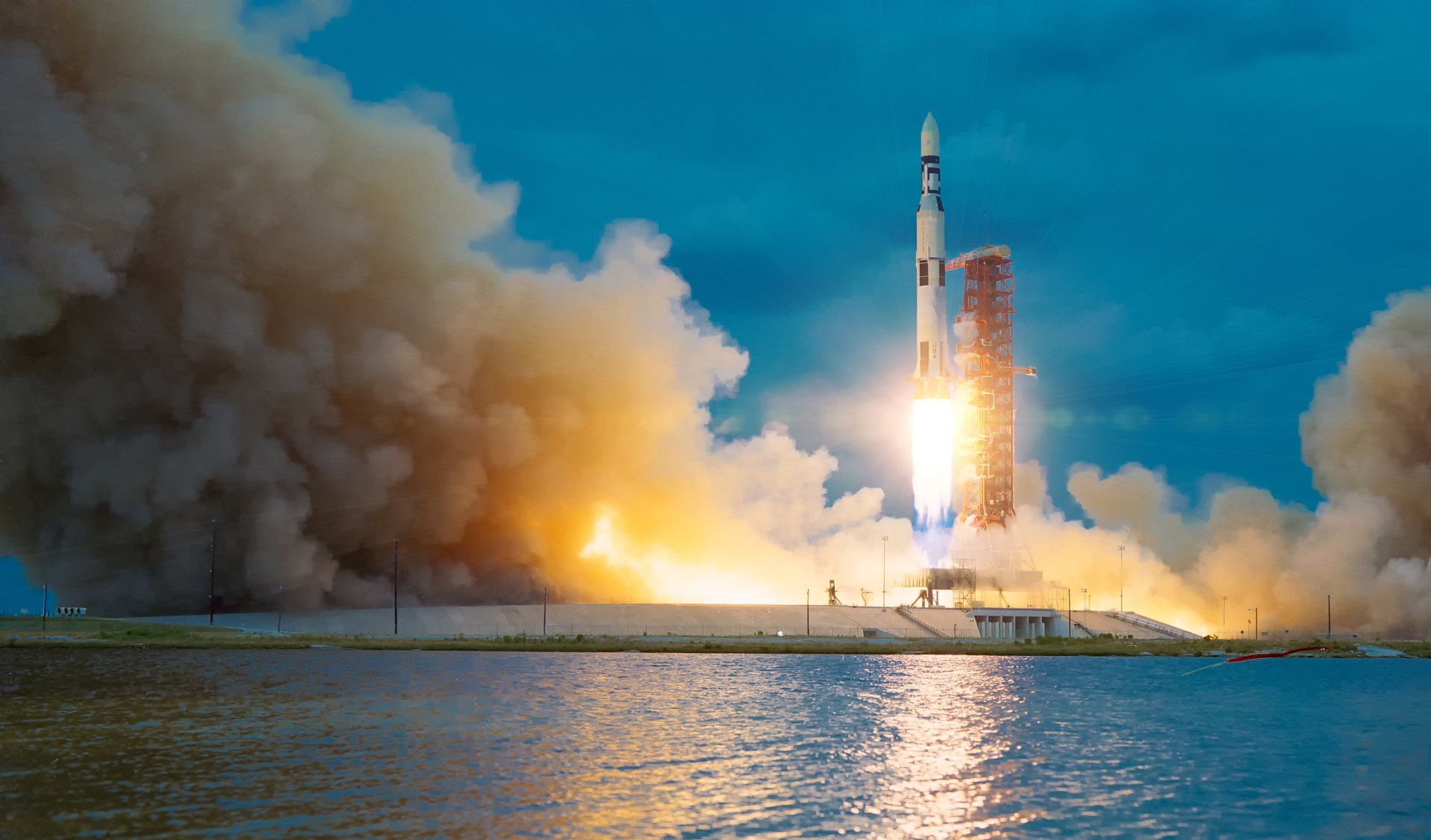Fast-tracking jobs and technologies for space
The Morrison Government is injecting more than $65 million to get Australian technologies into space sooner, make our nation a leading destination for launch and put an Australian astronaut back into space

Prime Minister Scott Morrison said the new $65 million funding was part of the Government’s ongoing mission to expand the sector, invest in cutting edge technologies and create new jobs.
“Australia is ready to launch and we are backing Australian companies and workers to look up and aim high,” the Prime Minister said.
“The journey to sending an Australian into space means serious investment in local jobs, local technologies and local businesses.
“Any astronaut and any spacecraft has a team of thousands behind them, not to mention invaluable technology and research and carefully manufactured parts.
“All of that means new technologies that make things simpler and safer, the job opportunities that come from a booming industry or the technology advancements that can be applied in our everyday lives.
“That’s why, since 2018, we have invested more than $800 million as part of our mission to triple the size of the sector to $12 billion and create up to 20,000 new jobs by 2030.”
The Government will co-invest more than $32 million into the development of up to three new or existing spaceports or launch sites across Australia.
The Australian Space Agency will also receive more than $32 million to procure and provide spaceflights and services for the Australian space sector.
This will help the sector gain an important ‘flight qualification’ – a common barrier to transitioning space technology from the laboratory to space.
The more than $32 million includes a $3.5 million national student space challenge that would see student payloads sent into orbit.
The Agency has also been tasked with international partners to put an Australian astronaut back into space.
South Australia Premier Steven Marshall said the investment was a major boost for South Australia’s space sector.
“This election is all about building a stronger future and opening new opportunities for South Australians – the space sector does both,” Premier Marshall said.
“South Australia is unequivocally the Space State – we have already created nearly 1600 space jobs in the State and today’s announcement is going to see that number take off.
“We are the home of the Space Discovery Centre, Mission Control, the Australian Space Agency, the Australian Space Park and more than 90 space-related companies are already based right here in SA.
“This sector is going gangbusters and it’s going to mean our young South Australians can have a rewarding career in the space sector right here without having to move interstate or overseas.”
Minister for Science and Technology Melissa Price said this latest investment would provide Australian industry with further opportunities to grow their capability and access global supply chains – and support more launches taking off on home soil.
“This is about so much more than just the excitement or inspiration of launch,” Minister Price said.
“By investing in the growth of the Australian space sector we’re investing in the future of all Australians.
“We’re doing that through investments via the Australian Space Agency and prioritising the space sector through our Modern Manufacturing Strategy and Australia’s Economic Accelerator.”
Head of the Australian Space Agency, Enrico Palermo, said the Fast-Tracking Access to Space package would help address gaps in the local sector.
“By supporting Australian businesses and researchers to get their products into space more quickly, we are helping them to demonstrate their capabilities to the world, which in turn will create new opportunities that see them grow,” Mr Palermo said.
“This co-investment in the development of spaceports makes Australia’s intentions clear – we want to become a launch nation of choice to attract further private sector investment.
“We are already a desirable launch location thanks to a range of factors, including our unique geographic perspective and political stability – this investment will cement that reputation.”










